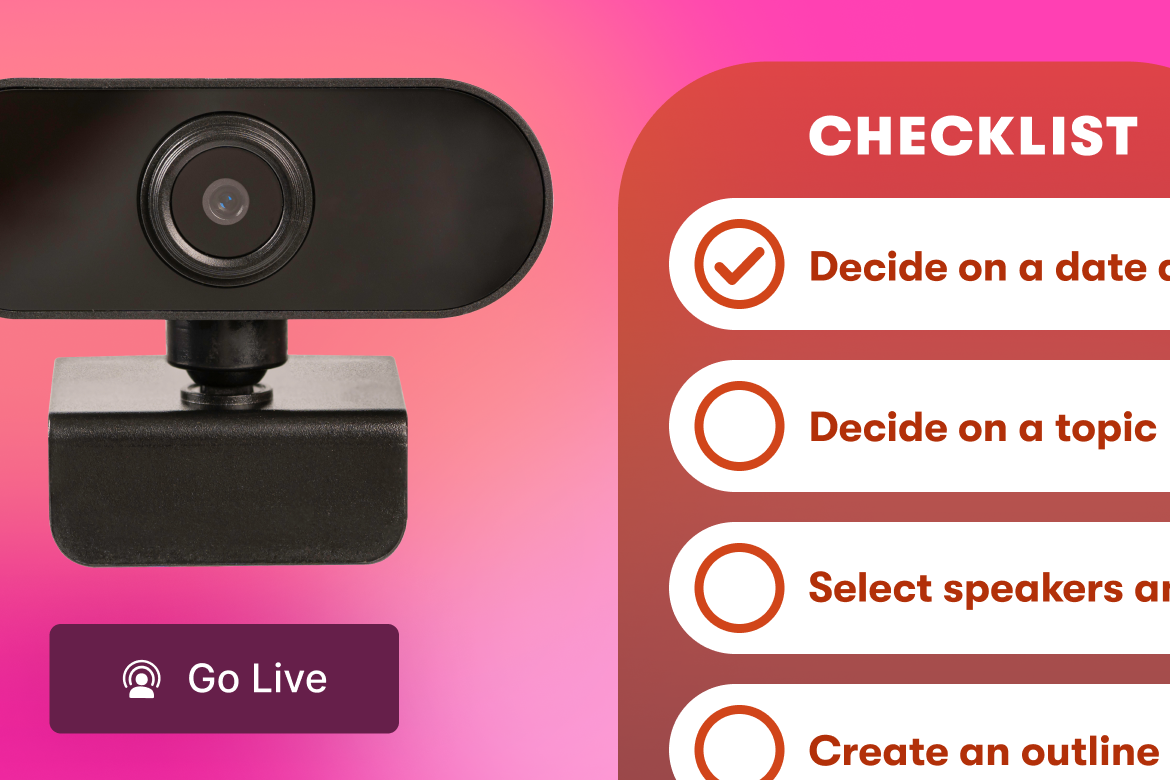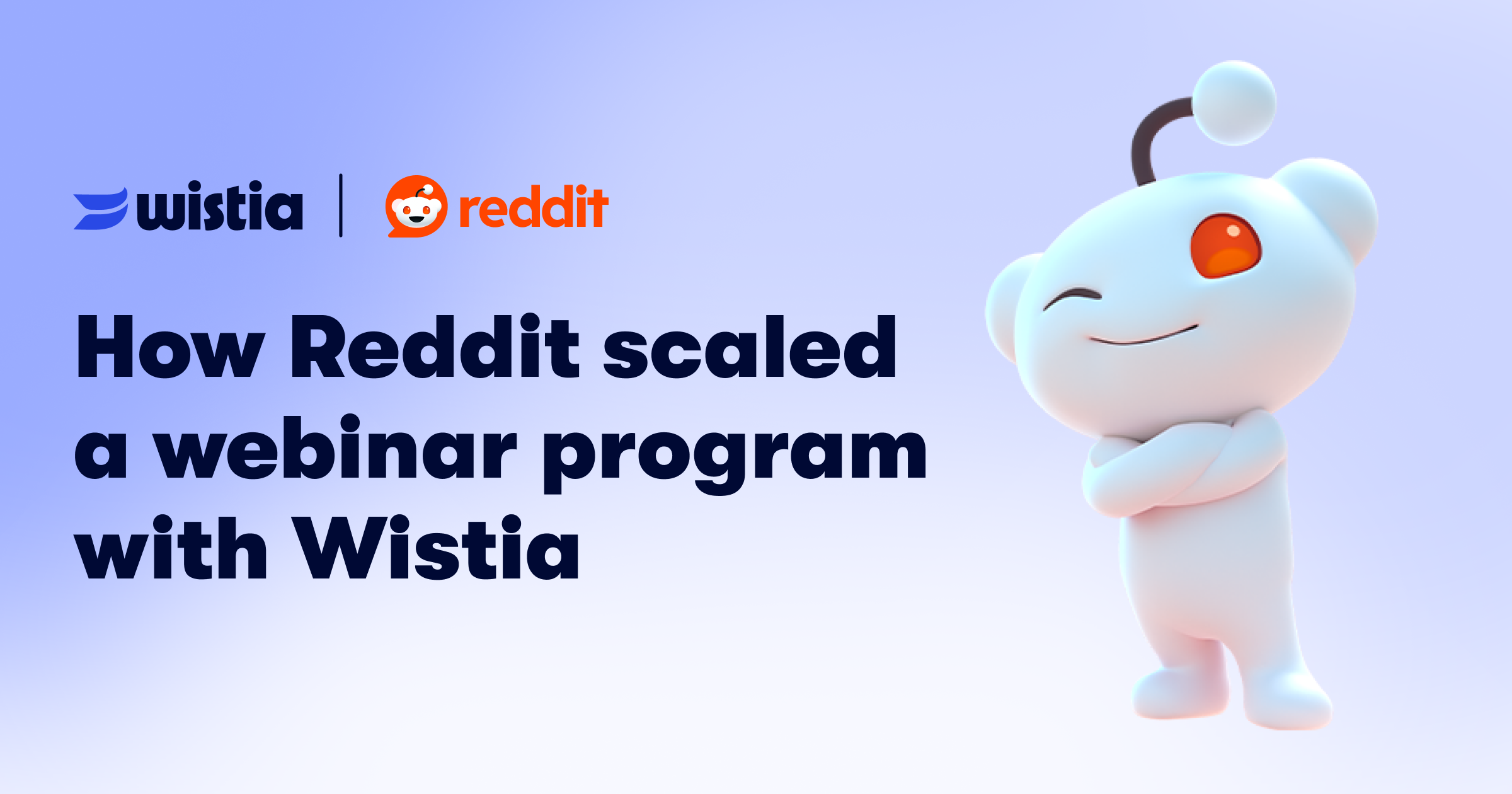Before You Make a Facebook Teaser Video, Consider This
January 3, 2018
As marketers, sometimes we just get it wrong. This is one of those times.
In the past, we’ve recommended creating teaser videos for social media in an effort to promote your content and get viewers to click through to your site. We’ve said things like, “A teaser video is a great way to inspire visitors to take action,” as well as, "These types of videos can help you generate buzz by teasing out longer form content." And while that might be true for some social media platforms, it’s not always the case for Facebook.
In theory, capturing attention with video and inspiring viewers to take action makes perfect sense. But in practice? That’s a different story. Here’s everything we learned about making teaser videos for Facebook, including what to avoid and tips for moving forward with a more effective strategy.
Experimenting with video
In 2017, we made the conscious decision to post more videos on Facebook. We knew the future of Facebook was video, so we wanted to learn as much as we could, and fast. Our in-house video team started to create teaser videos to promote our new blog posts and guides, like this one video we made for Facebook that teased out a new post on avoiding slimy marketing.
By making this video, we thought we’d encourage people to click through and read the entire blog post. After all, bright green slime paired with Meryl’s impressive acting chops was a recipe for click-through success! Or so we thought …
Here’s a candid look behind the curtain at how this post performed. And for the record, whether or not you plan on boosting your posts on Facebook, there are still a ton of valuable lessons to be learned from all of our belly flops and fails.
Oof. Not exactly what we were going for. While garnering more than 20,000 views on a video sounds pretty great (did someone say vanity metric?), our goal was to actually get people to click through, and we only managed to persuade 150 of 45,000 people to do so.
Plus, when you break down what Facebook actually considers a view, your head might start to explode:
“The number of times your video was watched for an aggregate of at least 3 seconds, or for nearly its total length, whichever happened first.”
So where does one turn for guidance in this topsy-turvy world of video ambiguity?
Lessons learned from Facebook video
Choose a specific goal
As it turns out, teaser videos can be great for engagement, but not necessarily for driving traffic back to your site. From a marketing perspective, it’s clear that when it comes to sharing video on social media, Facebook is a no-brainer. After all, the platform continues to tweak their algorithm to favor video in the News Feed, which makes investing in video an obvious choice for any business. However, it’s important to be both thoughtful and intentional with what you post.
“As it turns out, teaser videos can be great for engagement, but not necessarily for driving traffic back to your site.”
Ask yourself what is it you’re trying to achieve by posting this content. By addressing your goal(s) up front, you’ll wind up saving yourself some time and effort in the long run.
We came up with this super simple framework to help us make better decisions for making and sharing video on Facebook:
- Goal: Engage with your network or a new audience | Video: Go for it!
- Goal: Drive new traffic to your website | Video: Probably not.
After experimenting on Facebook for a full year, we realized that, depending on the goal of the video, a post could either be seen as a rousing success, or a total failure — it all depends on what metrics you measure.
Play by the rules
Ultimately, Facebook doesn’t want you (or anyone) to leave their platform: the longer you stick around, the better. So when you’re ready to post on this social channel, you really need to play by the rules. We thought that adding a link to our blog in the text of a video post would encourage viewers to click through to our site, but that’s usually not the case.
This is especially true if you’re boosting any of your content on Facebook or setting up video ads on the platform. Facebook lets you choose an objective for your promotion, which changes depending on the type of media you uploaded in the post.
When you post a link, you’re presented with the following options for the boost:
Based on what you select (optimizing for website visits or engagement), Facebook will run its behind-the-scenes algorithm magic to “show” your content to people who are more prone to click on your links or engage.
Similarly, when you upload a video, you’re given the following options:
Full disclosure, we have yet to experiment with the “Messages” objective (it feels a little intrusive at the moment), but we have used the “Video views” objective, and it seems to work well for attracting more viewers to our posts.
But here’s the only problem: when we made these teaser videos, our goal was not to get more views. Instead, we wanted to drive new traffic to our content and get more eyeballs on our blog posts. You can see how posting teaser videos clearly conflicts with our marketing goals here, which caused us to change the way we think about making video for social media.
Ultimately, if you want to drive website visits, you should post a link to your content, not a teaser video. Let Facebook’s algorithm work in your favor and play by their rules to maximize your ROI.
“Ultimately, if you want to drive website visits, you should post a link to your content, not a teaser video.”
Don’t ask too much of your viewers
I have a theory that most of the time, people will only take one action on any given Facebook post. Yes, this is just a theory (accepting working titles if anyone has ideas), but in my experience, if a post gets a ton of likes, it’s usually inversely proportional to the amount of link clicks it receives. The same thing goes for comments or shares, as there tends to only be one metric that’s outperforming the others. But why is that?
The truth is that you’re probably asking too much of your viewers. You want them to consume your content, like your post, and then click through to read more. It’s too much to ask on a platform that’s all about consuming as much as you can as quickly as possible.
Consider the following scenario: You’re watching a video about an adorable dog who found his forever home when you’re abruptly greeted by a message warning you that an ad is about to play.
9 times out of 10, I’d venture to guess you’re already scrolling down to the next dog video. When the sheer volume of content is so high, you can’t afford to discourage viewers from consuming your content. So don’t get in their way!
Put your videos to work
Syndication isn’t the enemy, especially if you’re just getting started with video. But if you start thinking about video as a type of media that is meant to be distributed rather than a strategy in and of itself, you might be more successful.
Put your stake in the ground — teach or entertain — and commit. When it comes to Facebook video, hanging out somewhere in the middle with a semi-educational, semi-entertaining teaser video didn’t work for us. Learn from our mistakes and start seeing success with your social videos!
Have you learned anything from posting videos on Facebook recently? Any tips or ideas we haven’t covered here? We want to hear about what you’ve learned!






